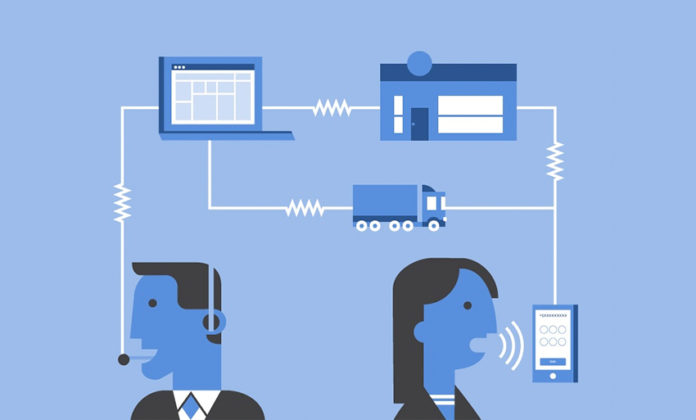The term “digital-first” has become very buzzy within the retail world. From automotive sales to luxury retail, executives have digital-first on their minds. One of my friends recently took a job as a buyer for a major retailer in NY and within her first week she heard the word almost every day. Some companies even have resources dedicated solely to digital-first strategy. But what does digital-first really mean? This post shares what we have learned in building one of the more sophisticated digital-first products on the market.
Here is the definition that Wikipedia has for digital-first:
“Digital-First Retailing is very similar to and an evolution of, multi-channel retailing, but is concentrated more on a seamless approach to the consumer experience through all available shopping channels, i.e. mobile internet devices, computers, bricks-and-mortar, television, catalog and so on. Retailers are meeting the new customer desires by deploying specialized supply chain strategy software.”
Goldman Sachs hosts a yearly event called dotCommerce day, where retailers (both major and upcoming) speak about trends in online commerce. This year there were two companies that stood out who spoke about digital-first strategy- BestBuy and Home Depot.
BestBuy – The president and new CFO of BestBuy.com spoke about how they were using their stores as distribution centers for their online business. So if a customer purchases a product online, that product can be picked-up from or shipped to a store rather than a distribution center. They are also using the same practice for returns and open-box products, which they previously sold to liquidators for a loss.
To draw from the Wikipedia definition, BestBuy has taken a “supply chain” approach to their digital-first strategy- at least to start. As a side note- BestBuy is also set to invest 13%-17% of estimated 2013 pretax income into their digital-first approach.
Home Depot-The president of Home Depot detailed an digital-first strategy that runs parallel to Glia’s approach. They are also looking to connect customers at home with representatives in their stores but still haven’t figured out the best tool to do so (cough cough). This approach to digital-first is more aligned with the “seamless” experience between online and offline retailing.
The Three Buckets of Digital-First
1. Supply Chain – Leveraging physical store locations as distribution centers for an online retailing business or allowing customers to purchase online and pickup at a store.
2. In-Store Digital – Bringing the internet to the store. From mobile in-store applications to digital offerings, this is all about introducing technology into the store experience.
3. At-Home Digital – Bringing the store to the internet. This is the counterpart to number 2 and the newest digital-first strategy. At Glia we believe this is the future for companies that have physical locations.
Commerce is quickly shifting online and companies are trying to stay ahead of their consumers with an digital-first strategy. From BestBuy to Nordstrom (who is investing 25% of their capital in e-commerce), the question is how to use an digital-first strategy to compete with online-only retailers. At Glia we believe that if traditional retailers are able to bridge the gap between their physical and online stores they can remove the price advantage that online-only retailers have and compete outside of price- focusing instead on a fantastic customer experience.






